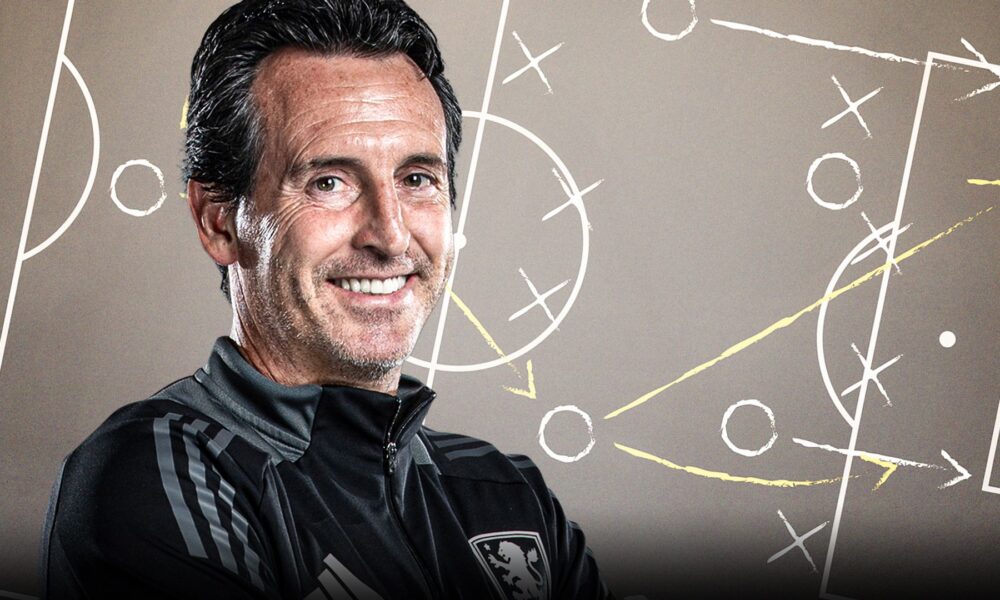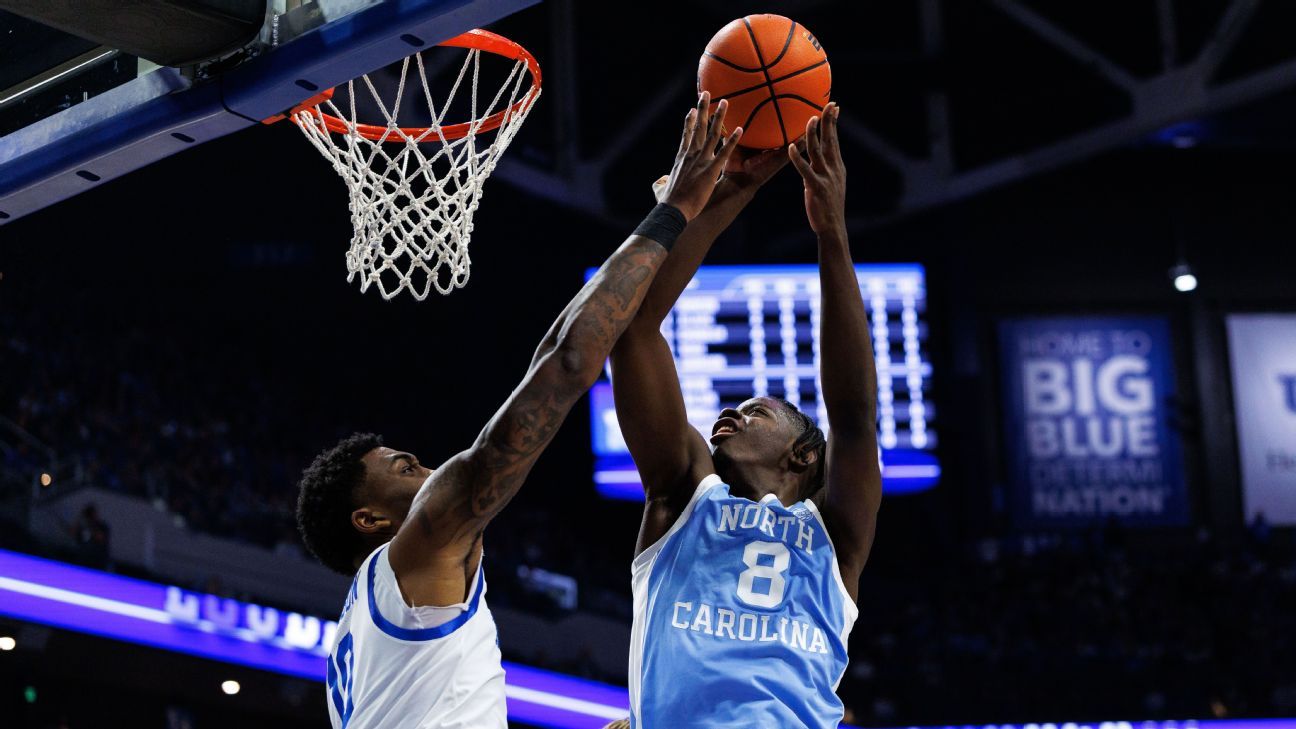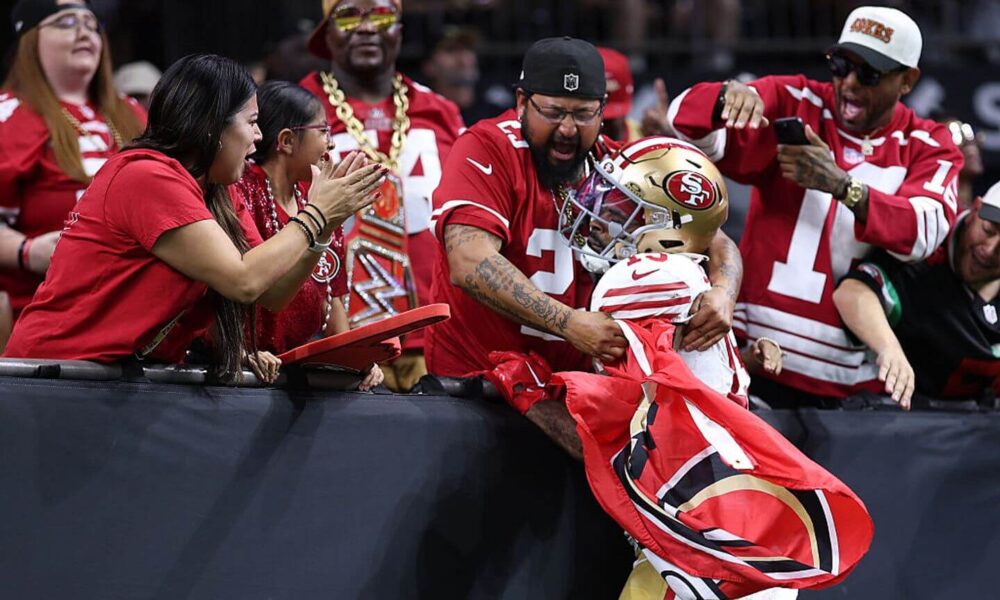The Premier League is witnessing a notable tactical transformation this season, according to Aston Villa manager Unai Emery. With the average number of passes per game hitting a 15-year low, teams are adopting a more direct style of play. Emery attributes this shift to a broader tactical evolution across football, where man-to-man marking is becoming increasingly prominent.
In an interview with Sky Sports, Emery discussed how teams are now pressing opponents more aggressively, which leads to fewer passing opportunities and more duels on the pitch. He highlighted Newcastle United as a prime example of a team successfully implementing this approach. “They are consistent in their man-to-man marking all over the pitch,” he noted, adding that other clubs are beginning to adopt similar tactics.
Emery pointed out that this trend is not confined to England. He referenced Gian Piero Gasperini, who successfully employed man-to-man marking with Atalanta and now with AS Roma. “Many teams in Italy and Spain are trying to introduce this same idea into their game,” he observed. The Premier League, however, is characterized by its speed and directness, with a noticeable reduction in passing frequency.
A particularly interesting development is the increased use of long throw-ins, a tactic that has gained popularity among clubs, including title contenders Arsenal. Emery noted that set pieces have evolved, with teams like Brentford pioneering new approaches that involve multiple players crowding the box. “Now, there are maybe 10 teams in the Premier League doing it, being more direct,” he stated.
Refereeing styles in the Premier League also encourage these changes. Emery explained that in England, players can disrupt goalkeepers and block defenders more freely compared to other leagues, where such actions are often considered fouls.
While Emery acknowledges the necessity for tactical evolution, he emphasizes the importance of maintaining core principles. “We are only changing small details,” he said. “We are trying to keep the same mentality while adding new tactical ideas without overcomplicating things.”
The tactical landscape has also shifted in how opponents approach Aston Villa. The team’s goalkeeper, Emiliano Martinez, has spent more time in possession than any other player in the league since the beginning of last season. This strategy aims to lure opponents into pressing, allowing Villa to exploit gaps in their defensive lines. Despite this, there has been a decline in the pressures Villa faces, with teams often hesitant to engage in that style of play.
Emery reflected on specific matches, such as the one against Sunderland, where the opposition was reduced to ten players and chose not to press. “It depends on each match, but we analyze each opponent deeply to find ways to improve,” he explained.
Looking ahead to Villa’s upcoming match against Tottenham Hotspur, Emery recognizes the challenge posed by their manager, Frank Lampard. He noted, “He is very creative and can switch tactics, making it difficult for us. We have to be ready.”
Emery admits that Villa was not adequately prepared at the beginning of the season, but he believes the team is making progress. After a slow start, which included the longest wait for any team in England to score their first goal, Villa has recently won four consecutive matches across all competitions. “Consistency is the priority now,” he said, expressing excitement about competing in European football once again.
The club aims to secure a top-seven finish, which would mark their fourth consecutive season of European competition. “To achieve that is our priority in the coming months and years. I am confident because I believe in Aston Villa, but it is difficult,” he stated.
Despite the challenges, Emery feels a strong affinity for his role. “For a coach like myself, it is a real challenge to face each match in the Premier League. It is very, very versatile tactically,” he concluded. As the season unfolds, Emery’s task will be to navigate these evolving dynamics while keeping his team competitive and cohesive.







